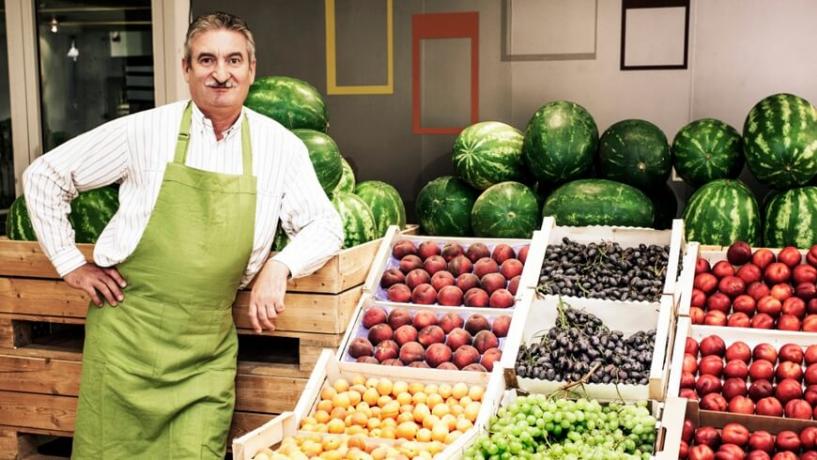
The sixth edition of the annual State of the Industry Report released by the Australian Food and Grocery Council indicates that Australian food and grocery industries have been showing a steady growth.
Various factors such as a high Australian dollar, food safety breaches, high input costs, and highly restrictive regulatory structures are still negatively impacting the growth of the industry. Despite this however, the report indicates that there has still been a slow but steady growth in the export of processed foods and beverages and a rise of trade surplus in food.
According to Australian Food and Grocery Council Chairman Terry O’Brien, there has been an increase in the turnover of the industry but the number of available jobs has declined.
Food and Beverage Sector
Meat and meat product manufacturing, the largest industry in the food and beverage sector, reported a slight decline of 0.7 percent.
However dairy product manufacturing, which comprised the second largest share of the sector at 14.7 percent, and has seen a growth of 9.1 percent from the previous year. The AFGC report found that factors such as a lower Australian dollar, favourable weather conditions, improved product demand and rising domestic consumption contributed to the growth of the dairy sector.
Seafood processing comprised the smallest share at just 1.2 percent and reported a decline of 4.2 percent for the year.
Fresh Produce Sector
The AFGC report showed a turnover of $6.2 billion in the fresh produce sector, and stated that the total turnover has increased by 12.3 percent over the previous year.
While vegetables comprised the largest product group in the fresh produce sector at 45.3 percent of total turnover, fruit has seen the largest actual growth over the year at 22.5 percent.
Food and Beverage Exports
According to the AFGC report, food and beverage manufacturing continued to be the largest export of the food and grocery sector, accounting for a total of 81.1 percent of the industry’s total export value of $21.9 billion.
Trade surplus in the food and beverage sector has been growing at approximately 9 percent Compound Annual Growth Rate (CAGR) over the last four years. The AFGC report found that there was an increase in trade surplus in the food and beverage sector in comparison to the previous years. The trade surplus for 2011-2012 and 2012-2013 was $7.2 billion and $7.6 respectively, whereas the trade surplus increased to 8.6 billion in 2013-2014.
Meat processing, wine manufacturing and cheese and other dairy product manufacturing continued to be largest contributor of exports for the food and beverage sector.
Fresh Produce Exports
The AFGC report stated that grapes accounted for the largest share (24.3 percent) of the exports from the fresh produce sector, which increased to 24.7 percent with a turnover of $237 million for the year.
There was an increase of 15.8 percent over the year in the total value of the fresh products exports ($842.4 million up to $975.2 million). The AFGC found that growth in fresh produce exports was primarily driven by grape, nuts and other fruit exports.
Imports
According to the AFGC report the total value of industry imports in 2013-2014 increased by 6.1 percent in comparison 2012-2013, with the total value of industry imports being $28.8 billion.
Grocery products accounted for the largest share of imports (51.6 percent), whereas foods and beverages comprised of 46.3 percent while fresh products accounted for only 2.1 percent of the total imports.
The U.S. and New Zealand were the top two suppliers of imports across the three products to Australia. Imports of fresh produce from New Zealand grew by approximately 60 percent from 2012-2013.




